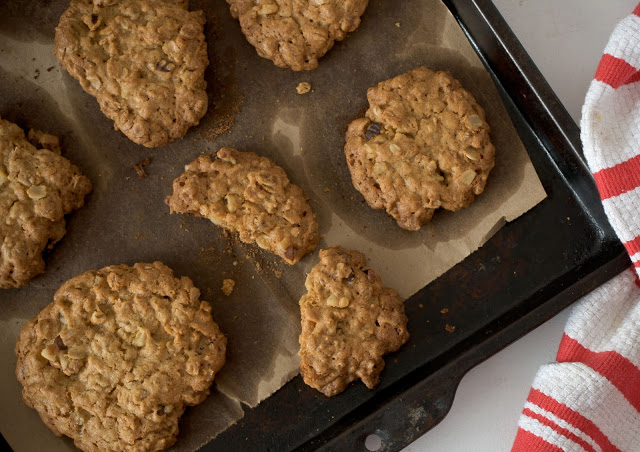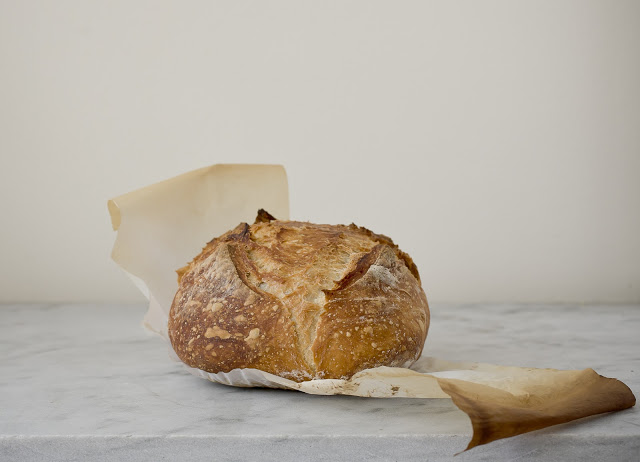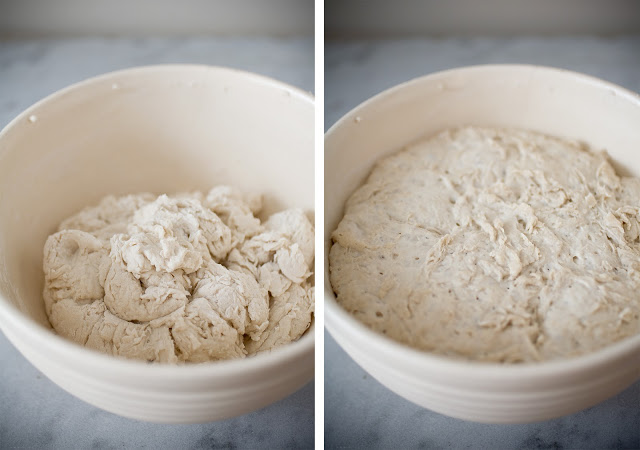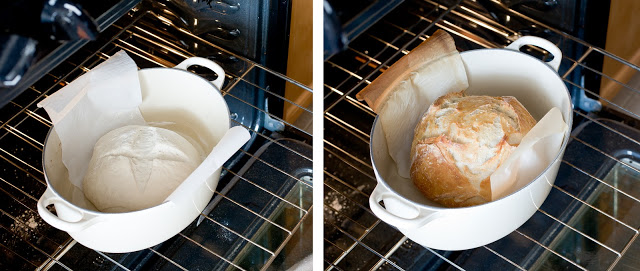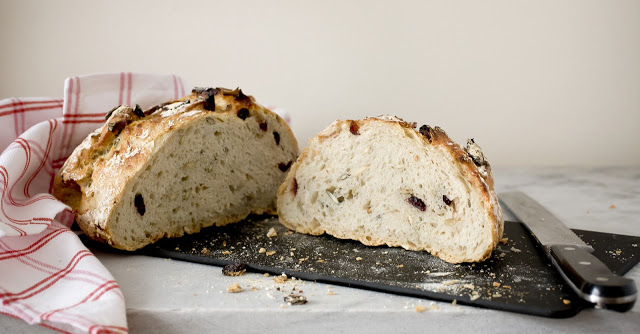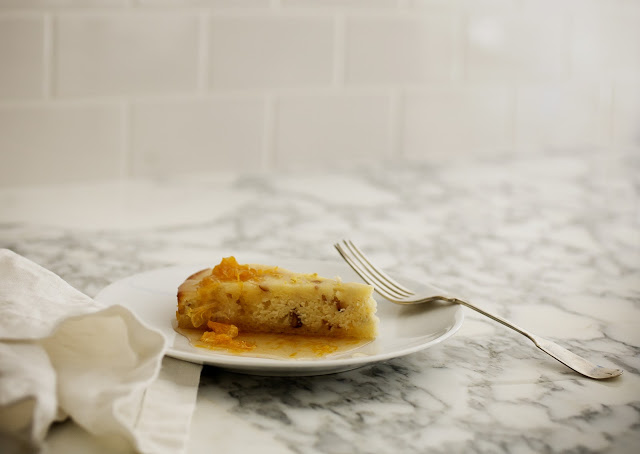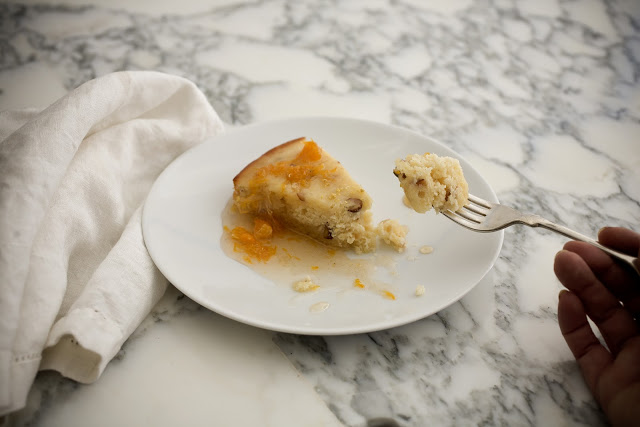I made you oatmeal cookies today. I left out the raisins, because you don’t like raisins. Instead I added extra walnuts, because I know those are your favorite.
I made you oatmeal cookies today, because I’ve had to sit at my computer a lot as I push to get my projects done. You came all the way to see me, and even though you knew I would have a lot of work to do, it’s still no fun when the one you love is so close, yet so far.
I made you oatmeal cookies today, because it was gray and drizzly outside and you were feeling a little blue. You had hoped to walk the streets of my big noisy city, and the day turned out to be the worst day for it. You went out anyway and braved the chilly wetness- which made it a long and unpleasant day.
I made you oatmeal cookies today, because I wanted you to come home to sweetness, and warm kitchen smells, and your favorite treat-
I made you oatmeal love cookies today, because I want you to feel cared for, and for me, one of the ways I show you that, is with the movements of my hands, and my steady pace in my kitchen, and the laying out treats onto plates- because one of my greatest expressions of my heart is food.
And because,
I love you.






